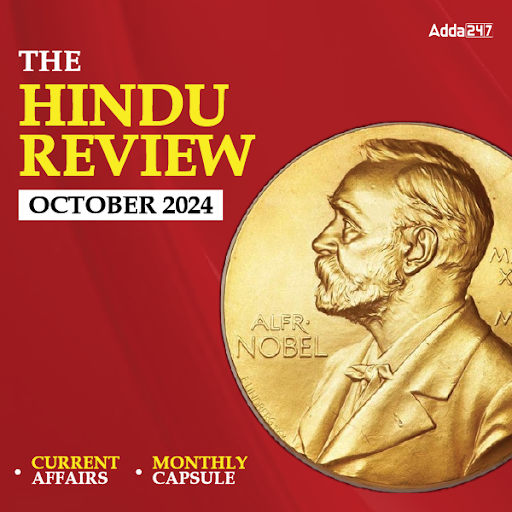Reasoning is a game of wits and presence of mind! Yes, it is true and it might seem as the greatest of the challenge after English Section’s surprises but yet this one can easily be dealt with. You just need correct practice and hardwire your brain to quickly make decisions of what to attempt and what to leave. And for same we are providing you questions on Night Class Reasoning Question. To Practice more with these new pattern Reasoning Question for RRB PO Exam 2017.
Directions (1-5): Read the following information and answer the questions.
Eight actors A, B, C, D, E, F, G, & H play for three different stage shows Zathoora, Jhumroo and Zangoora and all of them wear eight different cloths viz. Kurta, Pathani, Sherwani, Safari, Dhoti, Shirt, Trouser and Jeans not necessarily in the same order.
At least two and not more than three actors play for the same stage show. B plays for Jhumroo and wears Kurta. C wears Safari but do not play for Zathoora. No one from Zangoora wears Jeans. The only other person in same stage show with B wears Sherwani. E wears Jeans and F wears Pathani. H does not wear Sherwani and plays for the same stage show with E. A and G both play for Zangoora. The one who plays for Zangoora does not wear Shirt. G does not wear Trouser.
At least two and not more than three actors play for the same stage show. B plays for Jhumroo and wears Kurta. C wears Safari but do not play for Zathoora. No one from Zangoora wears Jeans. The only other person in same stage show with B wears Sherwani. E wears Jeans and F wears Pathani. H does not wear Sherwani and plays for the same stage show with E. A and G both play for Zangoora. The one who plays for Zangoora does not wear Shirt. G does not wear Trouser.
1. Which cloth does G wear?
(a) Trouser
(b) Dhoti
(c) Shirt
(d) None of these
(e) Cannot be determined
2. Who wears Sherwani?
(a) D
(b) G
(c) H
(d) D or G
(e) None of these
3. Which stage show has only two of the eight actors?
(a)Zathoora
(b) Zangoora
(c) Jhumroo
(d) Zangoora or Zathoora
(e) Cannot be determined
4. Which of the following group of actors play for Zangoora?
(a) D, A, G
(b) A, G, F
(c) A, C, E
(d) A, C, G
(e) None of these
5. Which of the following combinations of stage show, actor & cloth is correct?
(a)Zangoora – A – Shirt
(b) Jhumroo – B – Sherwani
(c) Zathoora – H – Kurta
(d)Zathoora – G – Dhoti
(e) None of these
Directions (6-10): Study the given information carefully to answer the given questions.
P, Q, R, S, T, U, V and W are sitting around a circle facing the centre but not necessarily in the same order. Q sits second to the left of W’s husband. No female is an immediate neighbour of Q. S’s daughter sits second to the right of U. U is the sister of V. U is not an immediate neighbour of W’s husband. Only one person sits between P and U. P is father of V. W’s brother S sits on the immediate left of W’s mother. Only one person sits between W’s mother and T. Only one person sits between W and V. V is the mother of R. V is not an immediate neighbour of T.
6. What is the position of P with respect to his mother-in-law?
(a) Immediate left
(b) Third to the right
(c) Third to the left
(d) Second to the right
(e) Fourth to the left
7. Who amongst the following is S’s daughter?
(a) Q
(b) R
(c) T
(d) V
(e) W
8. What is the position of P with respect to his grandchild?
(a) Immediate right
(b) Third to the right
(c) Third to the left
(d) Second to the left
(e) Fourth to the left
9. How many people sit between V and her maternal uncle?
(a) One
(b) Two
(c) Three
(d) Four
(e) More than four
10. Four of the following five are alike in a certain way based on the given information and so form a group. Which is the one that does not belong to that group?
(a) U
(b) R
(c) T
(d) W
(e) V
Directions (11-15): In the following question, if all the statements are true. Find the true conclusion among given three conclusion and then further give your answers.
11.Statements: N ≥ A, X = N, W<A
Conclusions:
I. A < X
II. W ≤ N
III. W > X
(a) Only I is true
(b) I and II are true
(c) I and III are true
(d) II and III are true
(e) None is true
12.Statements: P = H, T > C, P ≤ T
Conclusions:
I. C < P
II. T ≥ H
III. C < H
(a) Only I is true
(b) Only III is true
(c) I and III are true
(d) II and III are true
(e) None of these
13.Statements: O < R , Q ≤ T, O < T
Conclusions:
I. R > T
II. R ≤ T
III. Q < O
(a) Only I is true
(b) Either I or II is true
(c) Either II or III is true
(d) None is true
(e) Only III is true
14.Statements: M < R, T ≤ J, R > T
Conclusions:
I. J > R
II. M < TIII. M < J
(a) None is true
(b) Only I is true
(c) Only II is true
(d) II and III are true
(e) I and II are true
15.Statements: Z = K , J ≥ M, M < Z
Conclusions:
I. J > Z
II. J > K
III. K > M
(a) Only I is true
(b) Only II is true
(c) I and II are true
(d) Only III is true
(e) None of these





 The Hindu Review October 2022: Download ...
The Hindu Review October 2022: Download ...
 How to Prepare for RBI Grade B Interview...
How to Prepare for RBI Grade B Interview...
 SBI PO Previous Year Question Papers Wit...
SBI PO Previous Year Question Papers Wit...




